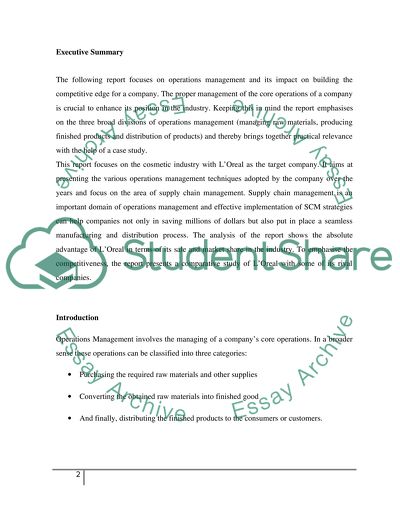Cite this document
(“Operations Management and Loreal Case Study Example | Topics and Well Written Essays - 2500 words”, n.d.)
Retrieved from https://studentshare.org/miscellaneous/1526628-operations-management-and-loreal
Retrieved from https://studentshare.org/miscellaneous/1526628-operations-management-and-loreal
(Operations Management and Loreal Case Study Example | Topics and Well Written Essays - 2500 Words)
https://studentshare.org/miscellaneous/1526628-operations-management-and-loreal.
https://studentshare.org/miscellaneous/1526628-operations-management-and-loreal.
“Operations Management and Loreal Case Study Example | Topics and Well Written Essays - 2500 Words”, n.d. https://studentshare.org/miscellaneous/1526628-operations-management-and-loreal.


